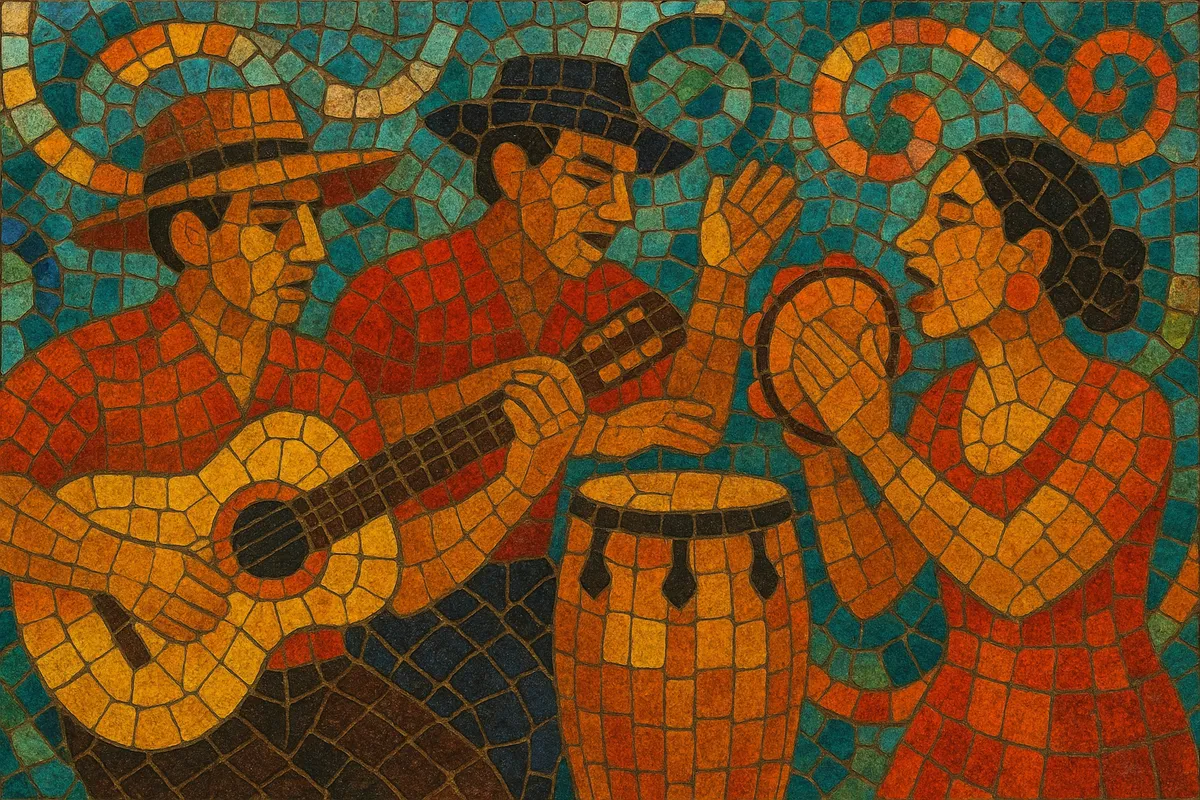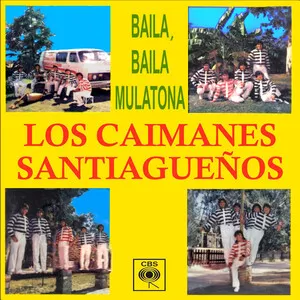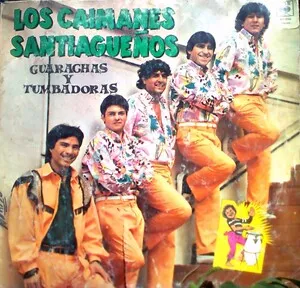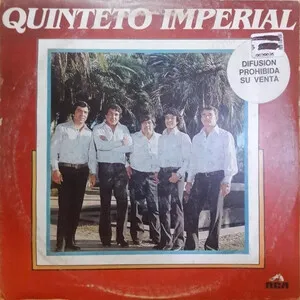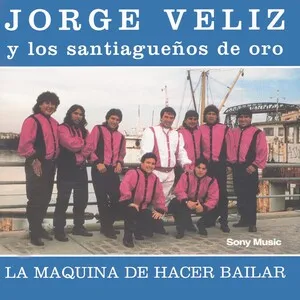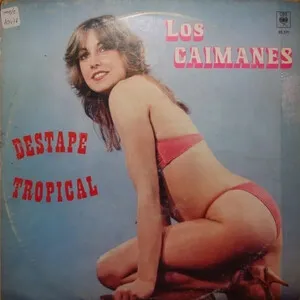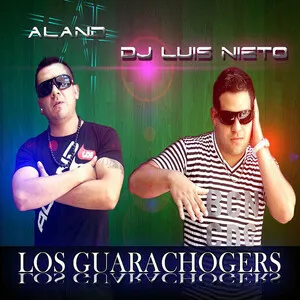Guaracha santiagueña is a lively, dance‑oriented regional variant of guaracha that took root in Santiago del Estero, Argentina. It blends the upbeat Caribbean guaracha pulse with the local bailanta dance‑hall culture and shades of Argentine folk sensibilities.
Characterized by fast tempos, bright guitar/keyboard hooks, buoyant percussion (güiro, congas, bongó, timbales), and call‑and‑response choruses, it favors simple, catchy harmonies and party‑ready lyrics. In social settings it functions much like regional cumbia scenes across northern Argentina: a soundtrack for weekend dances, festivals, and neighborhood celebrations.
Guaracha arrived in Argentina through mid‑20th‑century Caribbean repertoires (notably Cuban guaracha and related son traditions), circulating via records, touring bands, and radio. In Santiago del Estero—a province with a long tradition of popular dance gatherings (bailantas)—local musicians embraced the style’s brisk two‑step feel and comedic, double‑entendre lyric tradition, adapting it to regional tastes.
By the late 1980s and especially the 1990s, ensembles in and around the cities of Santiago del Estero and La Banda began performing a distinctly local take often billed as “guaracha santiagueña.” The instrumentation leaned on electric guitar, bass, and keyboards alongside Caribbean percussion, while the repertoire mixed classic guarachas with locally penned songs and Argentine party standards. Dance venues and neighborhood fiestas cemented the style as a staple of the northern Argentine tropical circuit.
From the 2000s onward, inexpensive electronic keyboards, drum machines, and small PA systems made it easier for semi‑professional groups to play weddings, clubs, and festivals, helping the style persist. While it remains a regional practice more than a national mainstream format, guaracha santiagueña thrives within the broader tropical/"bailanta" ecosystem of northern Argentina, coexisting with cumbia variants and intersecting with local folk sensibilities.

